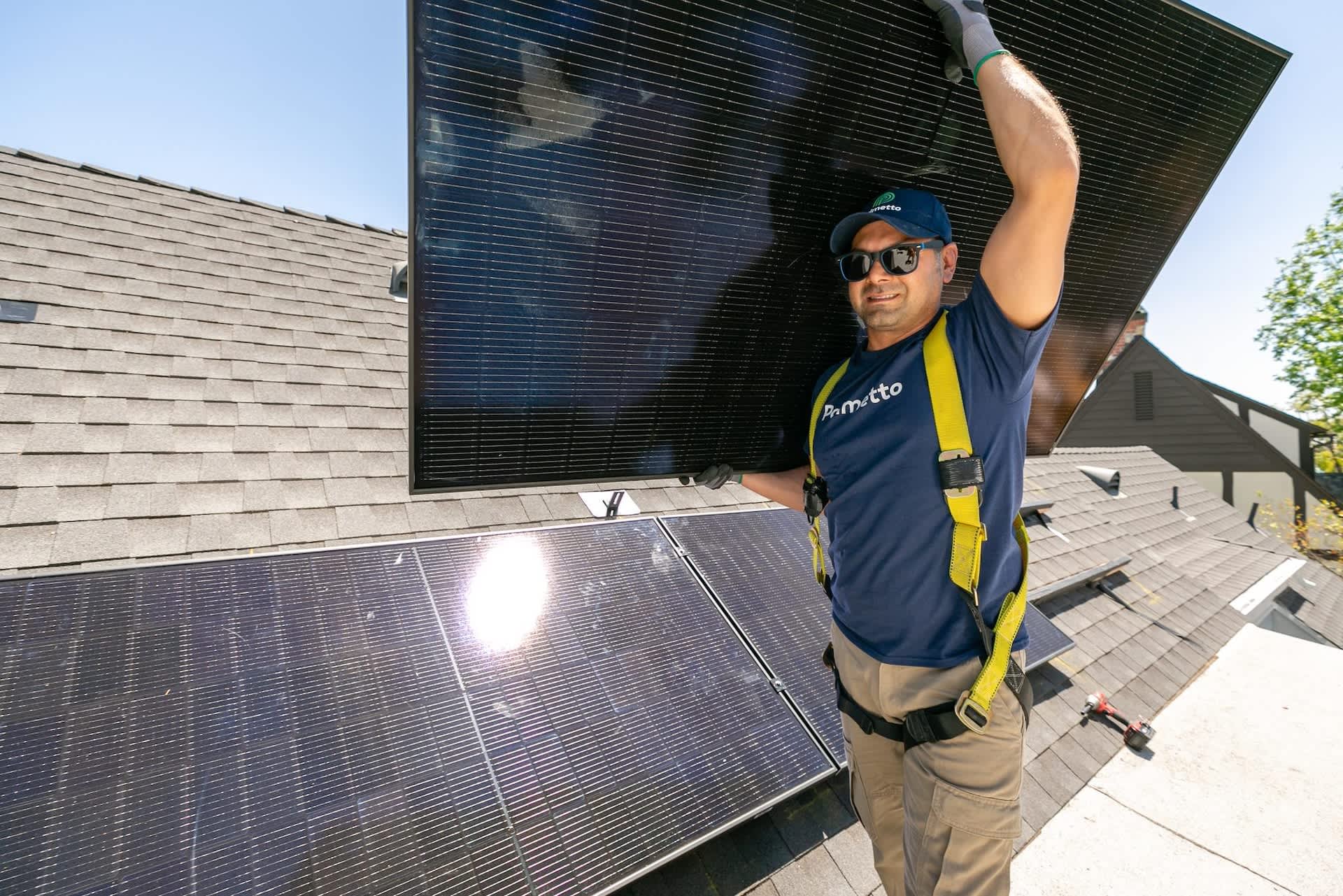A gardening expert on YouTube shared a short video explaining how one landscaping mistake — a mulch volcano — had cost a tree its life.
Certified arborist James Batton (@thejamesbattonshow) titled his video "DON'T DO THIS," reinforcing the danger of overmulching.
"You may think those mountains of mulch around your tree trunk look attractive," he wrote in the caption, "but they're hiding a dangerous secret!"
"As I predict so often with mulch up against the tree: crown rot," Batton warns. "Don't put bark (mulch) against the trunk of trees and shrubs. This is indicative of what may happen."
These "mulch volcanoes" occur when mulch is piled far too high around the base of the tree, making a mound shape. This causes several detrimental effects — namely, the roots becoming waterlogged and eventually rotting — that cause a tree to wither and die.
It can also lead to stem girdling roots, where the roots encircle the tree, restricting water and nutrient flow. And because mulch retains moisture so well, overmulching also makes a tree's bark perpetually damp, which weakens it and invites infection and decay.
Can't afford solar panels? Here's how to get them without paying for purchase or installation Palmetto's revolutionary LightReach program gives you all the benefits of solar power without the upfront costs. LightReach lets you lease solar panels with no money down, making it easier than ever to lock in energy savings. Palmetto assumes all risk and responsibility for the panels you lease, which means you'll get reliable performance without unforeseen costs. To get started, just answer a few basic questions about your home and learn how much you can save. Learn more → |
Watch now: Giant snails invading New York City?
Instead, properly planted trees should always have a root flare visible above the surface to ensure the roots can breathe, absorbing water without becoming soggy or rotten.
It's also true that mulching offers numerous benefits when done correctly. Mulch is biodegradable and helps with soil health and water retention. And natural mulches, such as bark chips, grass clippings, and leaves, are inexpensive and effective in controlling weeds.
However, rubber mulch should be given a wide berth, as it can harm plant life, contaminate the soil, and pose a fire hazard in the summer.
For mulching to promote optimal tree health, it should resemble a donut rather than a volcano. The University of New Hampshire recommends the "3-3-3 rule:" a three-inch layer of mulch in a three-foot "donut" around the tree, leaving a three-inch space between the stem and the mulch.
TCD Picks » Grove Collaborative

|
What is the biggest reason you don't grow food at home? Click your choice to see results and speak your mind. |
Mulching is just one way to keep your garden in tip-top shape. Opting for grass alternatives, such as clover or xeriscaping, can also provide similar eco-friendly and money-saving benefits for homeowners.
Join our free newsletter for easy tips to save more and waste less, and don't miss this cool list of easy ways to help yourself while helping the planet.




















